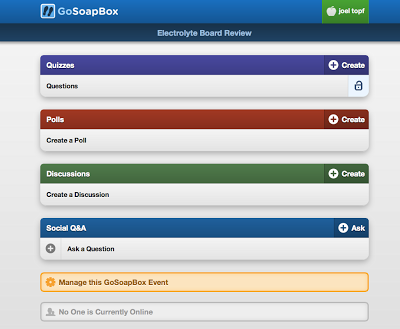Five years.
584 posts.
545,000 pageviews.
 |
| Monthly page views. (The posts from 2007 are back dated pages written at a later time that I use for my schedule and some other projects, first true post was May 30, 2008. Work arounds for dealing with the limits of Blogger) |
The second peak is the Margaret Atwood Super Hero Costume experience.
The most recent surge looks less like a peak and hopefully a new plateau, I don't know the reason but it may have something to do with Google rolling out Penguin 2.0. Decreased search results for spam presumably mean more research results from high quality content.
I asked for a list of nephrology blogs last week and I know have what I believe is a comprehensive list of nephrology blogs oriented to medical professionals. There are dozens (hundreds?) of patient blogs and I did not include those unless they included significant scientific and or nephro-medico-politico content (see Hemo-Doc and Dialysis from the sharp end of the needle). I have found 30 blogs:
Looking at the data you can see how ordinary PBFluids is. The average number of posts is weirdly average, there are a number of blogs with more posts (I fully expect to be passed by the Kidney Doctor in his next bolus of productivity). It is only remarkable in that it is the third oldest active blog, behind the Renal Tsar and RFN.
I also asked you to vote for your favorite post (here and here). We have a winner:- Dialyzing the highest potassium. If you are interested in that post I would recommend also looking at all of the posts tagged potassium.
The blog has been a total gas and I really appreciate all the readers and their feedback. Five years down and I still have plenty of steam. I look forward to celebrating the blog bar mitzvah in 2021.




































